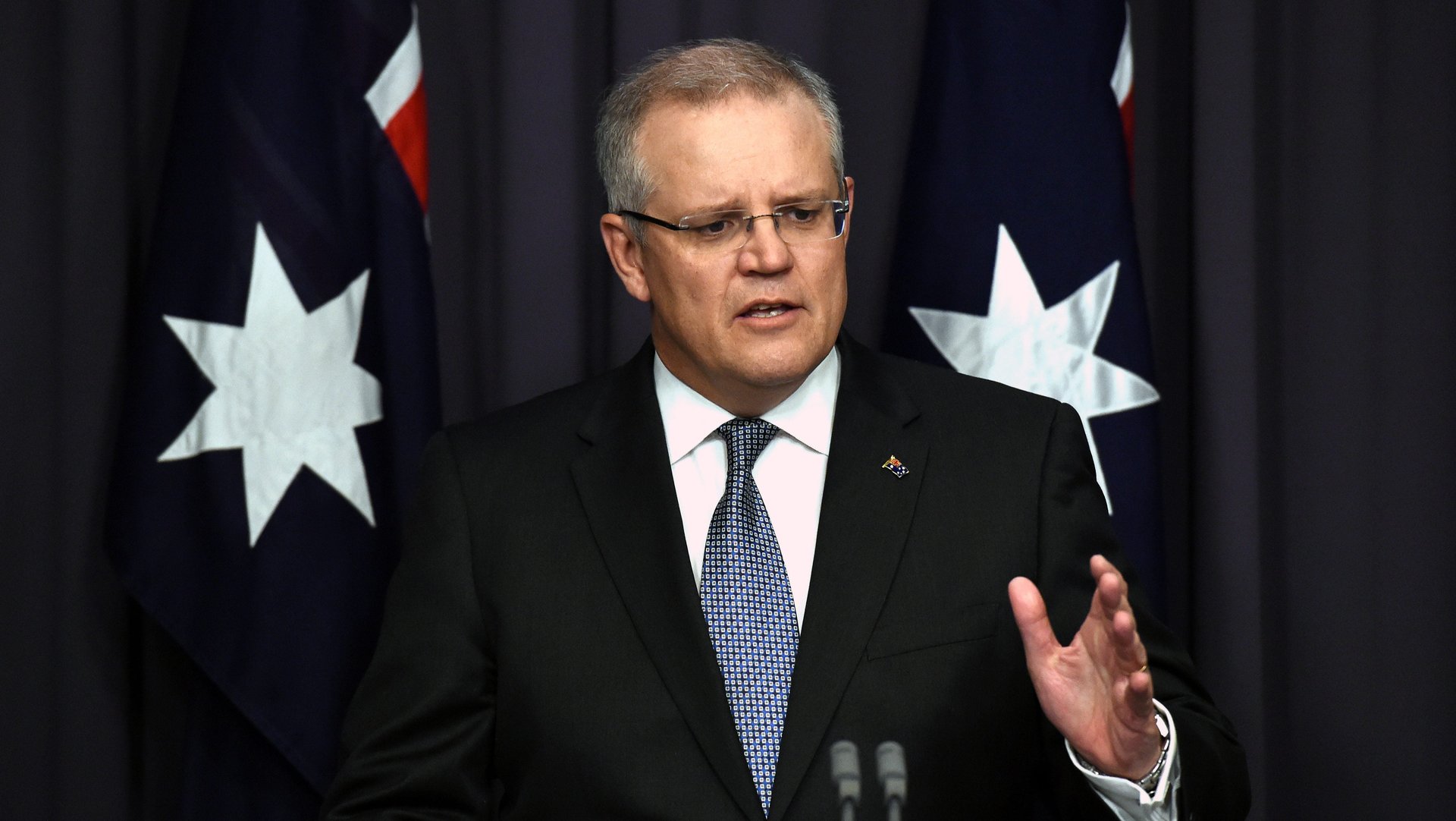Australia is challenging a deal that would transfer 1% of its land mass to Chinese owners
Direct investment from China has long been steered into Australia, and recently it’s been growing. The A$15 billion (US$11 billion) pumped in to the country in 2015 was the highest amount of any year besides 2008. In terms of the number of deals, it was the biggest year ever (pdf, p. 4), with 65 overall, including 12 in the agribusiness sector. But one recent acquisition attempt is perhaps too big.


Direct investment from China has long been steered into Australia, and recently it’s been growing. The A$15 billion (US$11 billion) pumped in to the country in 2015 was the highest amount of any year besides 2008. In terms of the number of deals, it was the biggest year ever (pdf, p. 4), with 65 overall, including 12 in the agribusiness sector. But one recent acquisition attempt is perhaps too big.
On April 19, cattle-ranch empire S. Kidman & Co., the largest landholder in Australia, agreed to a sale to a mostly Chinese consortium for A$370.7 million (US$289 million). But 10 days later, Australian treasurer Scott Morrison blocked the deal, saying that because of the portfolio’s size and significance, its sale to foreign investors “may be contrary to the national interest.”
The Kidman portfolio includes 10 cattle stations and associated properties sprawled over four states and territories. At over 100,000 square kilometers (38,600 square miles), it makes up 1.3% of Australia’s land mass, and 2.5% of its agricultural land.
The consortium trying to buy it is led by China-based Dakang Australia Holdings, which would have taken 80% of the land, with the rest going to Sydney-based Australian Rural Capital. Dakang is controlled by Shanghai Pengxin Group, a private company owed by billionaire property developer Zhaobai Jiang.
Shanghai Pengxin has bought many farms and agribusiness companies outside of China, and this isn’t the first time it’s tried to acquire Kidman, which hit the market in June 2015. Shanghai Pengxin got into a bidding war with another Chinese company, Genius Link Group, before Morrison blocked the sale to foreign investors last November.
His reason at the time was that the portfolio’s largest property, Anna Creek Station, abuts a strategic weapons-testing range. ”It is not unusual for governments to restrict access to sensitive areas on national security grounds,” he then said.
If Shanghai Pengxin gets rejected in this bid, the experience won’t be anything new. Last year in New Zealand, where it’s gobbled up dozens of farms, the government rejected its bid (paywall) for a huge cattle-and-sheep operation—citing national interests.
The current deal with Kidman tried to get around the government’s concerns by excluding Anna Creek Station (along with other land) from the land Dakang would acquire. But it still included nine of Kidman’s sprawling outback stations in the Northern Territory, Queensland, and South Australia, covering a total of 74,000 sq km. It would still represent more than 1% of Australia total land area, Morrison noted, and over 2% of its agricultural land.
Morrison said that his April 29 decision to block the sale was only his “preliminary view” and that the relevant parties would be able to respond by May 3. But Dakang probably shouldn’t get its hopes up. (Update: It withdrew its offer on May 3.) While Australia’s farmers and food producers need foreign investment to increase production and meet growing demand, they’re facing a protectionist backlash—and July elections are looming.
“The government line is that we’re open to foreign investment,” James Laurenceson, deputy director of the Australia-China Relations Institute, told Bloomberg. “But the trend is probably in the other direction.”